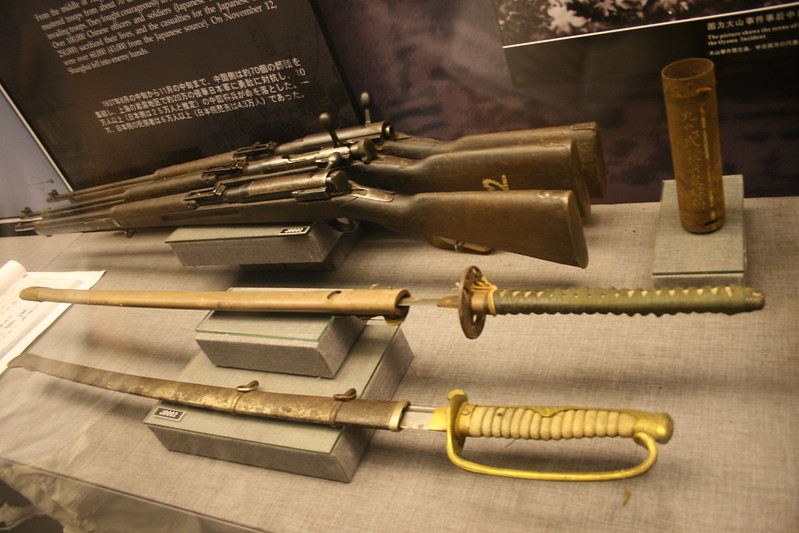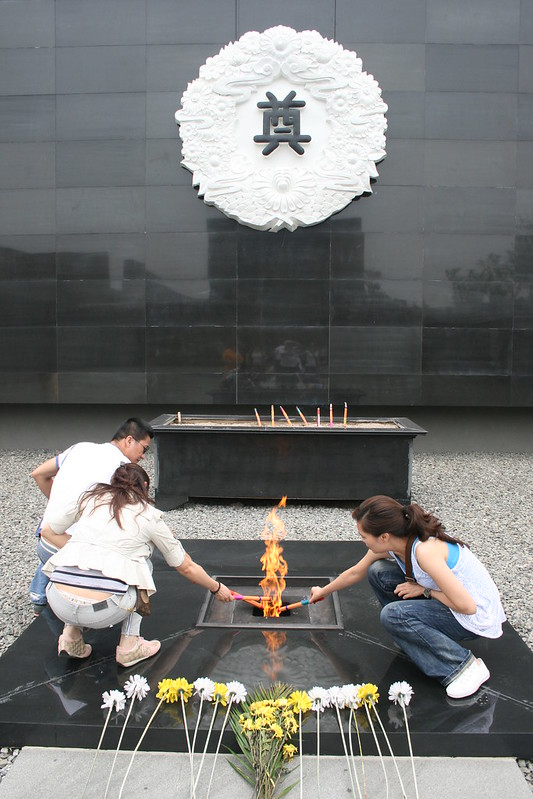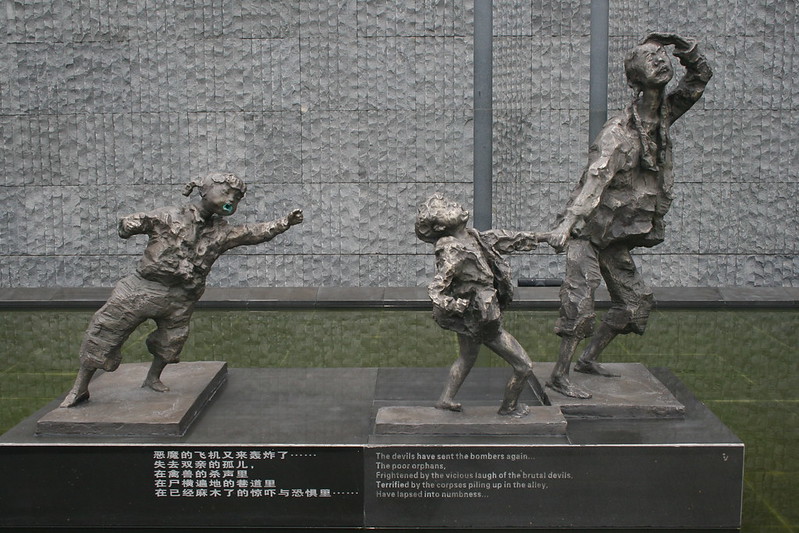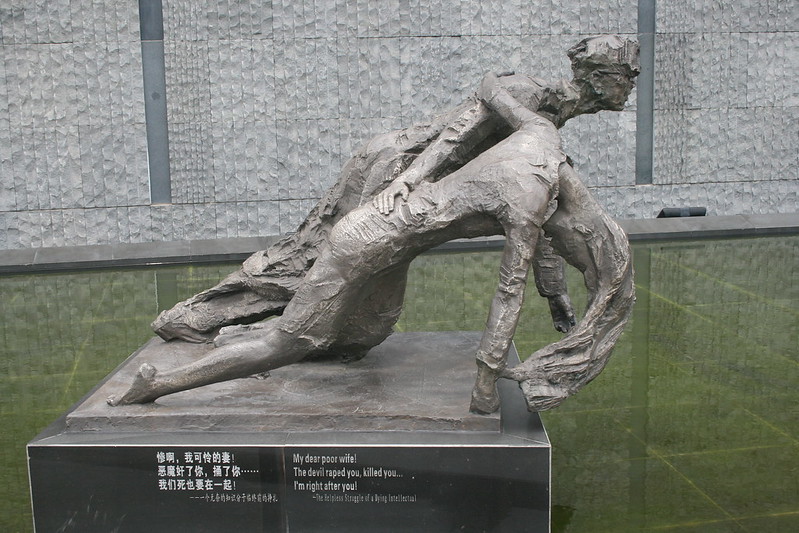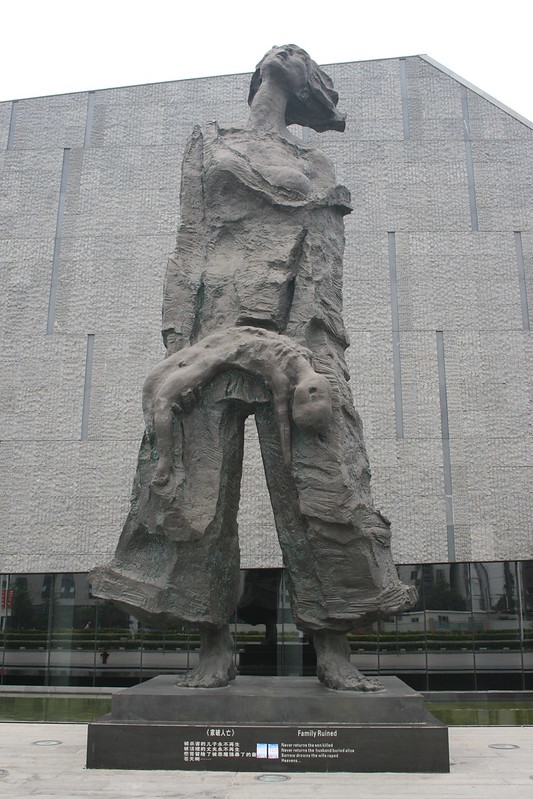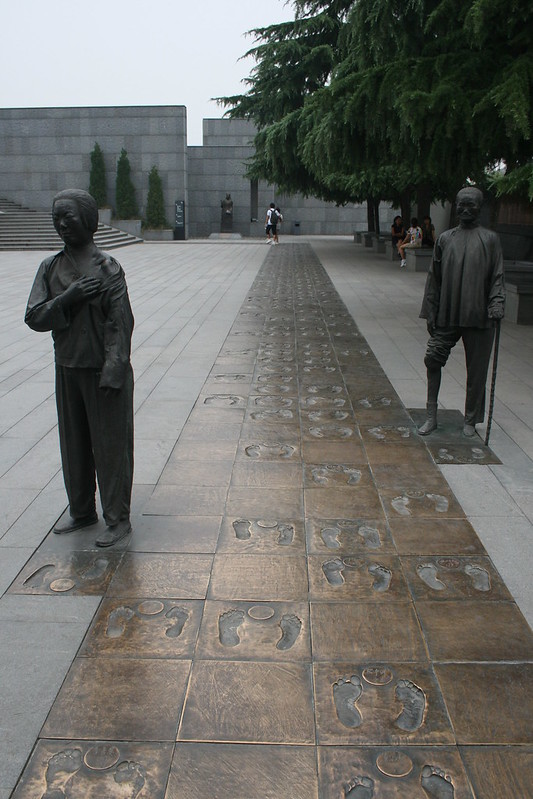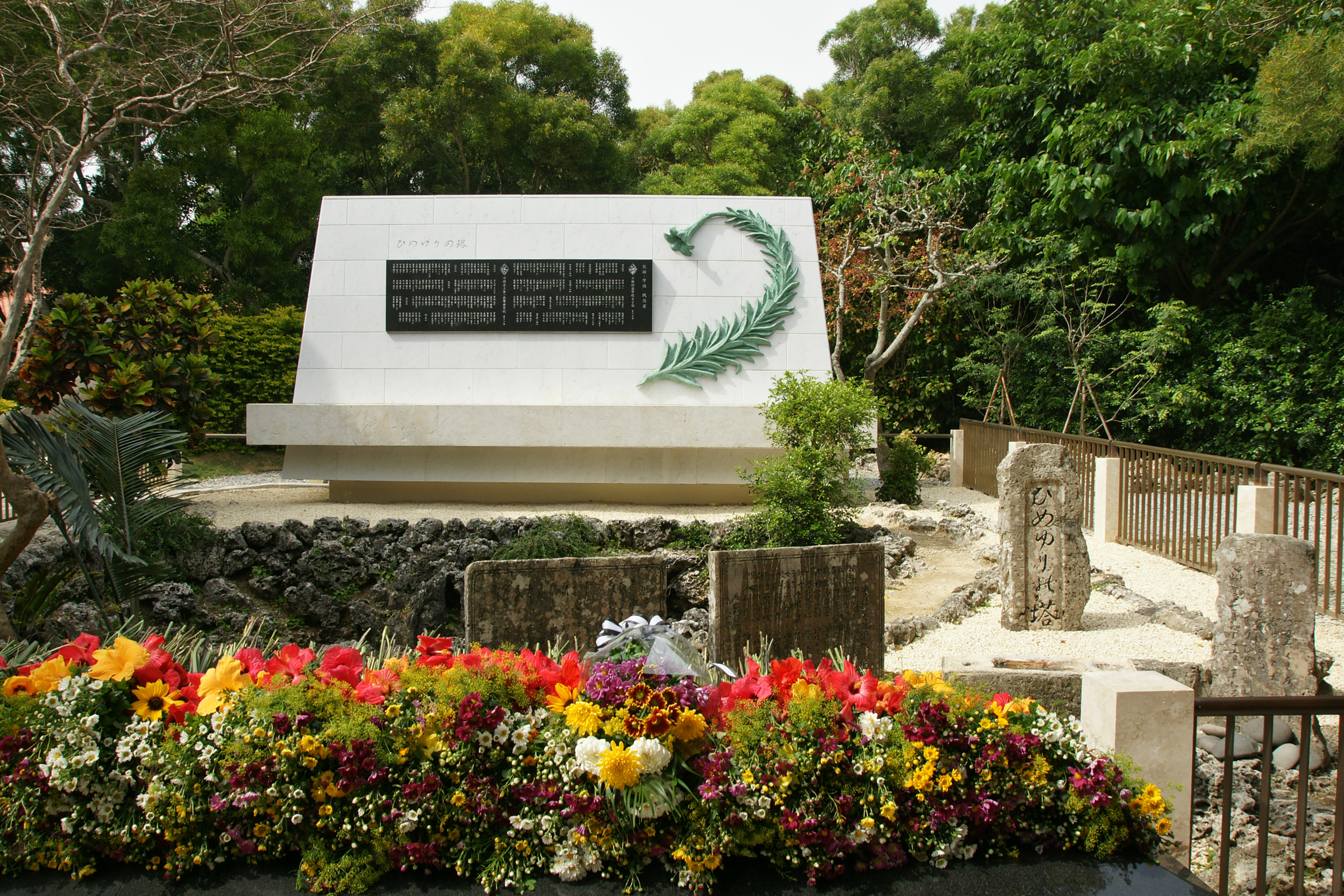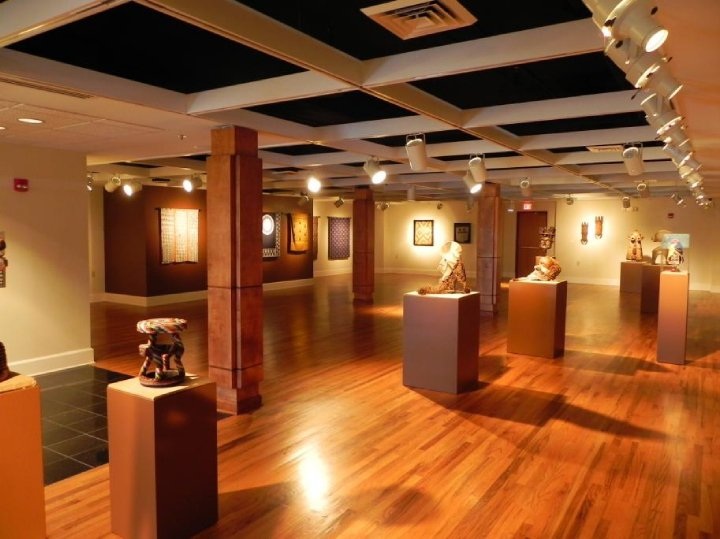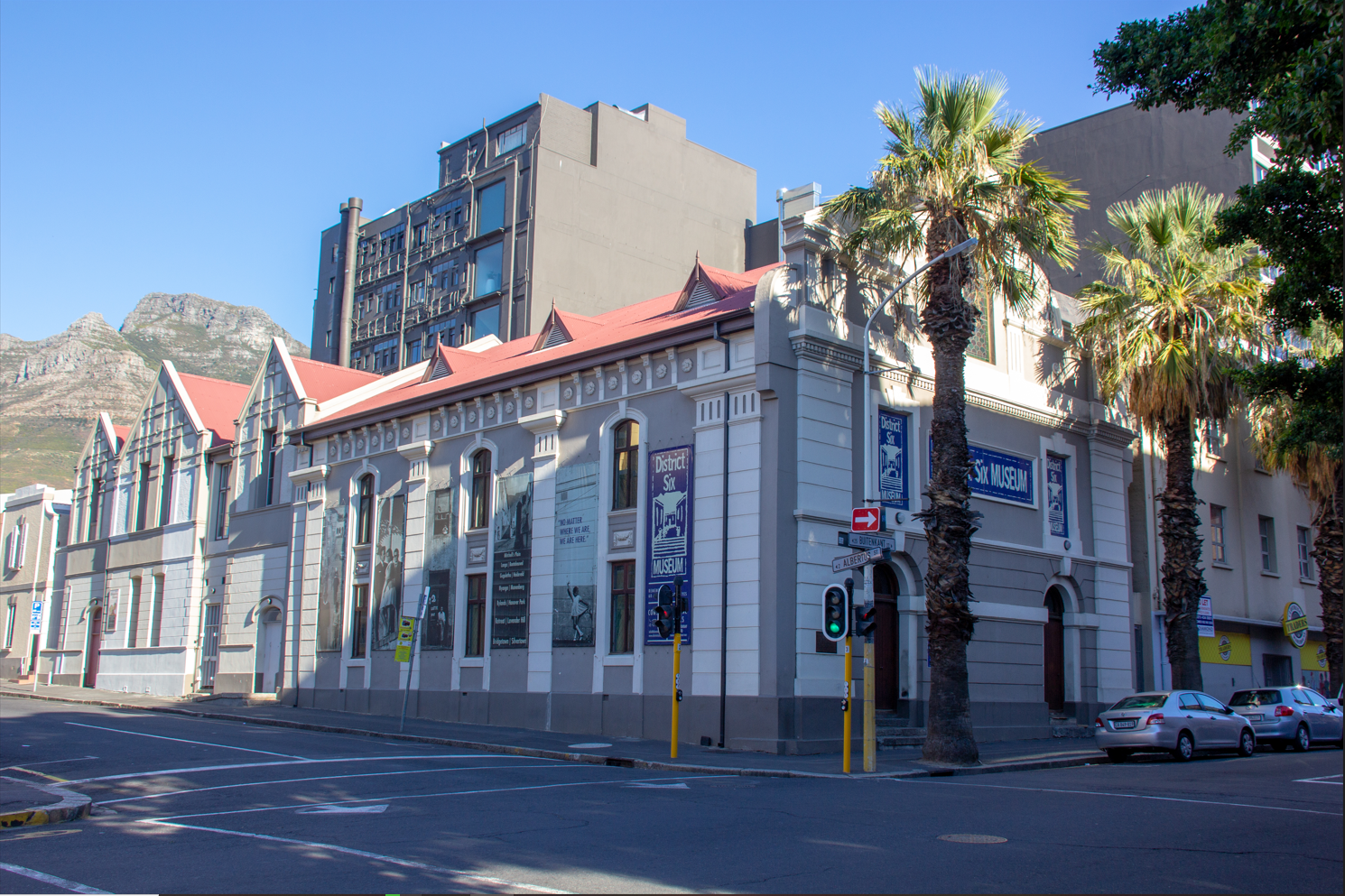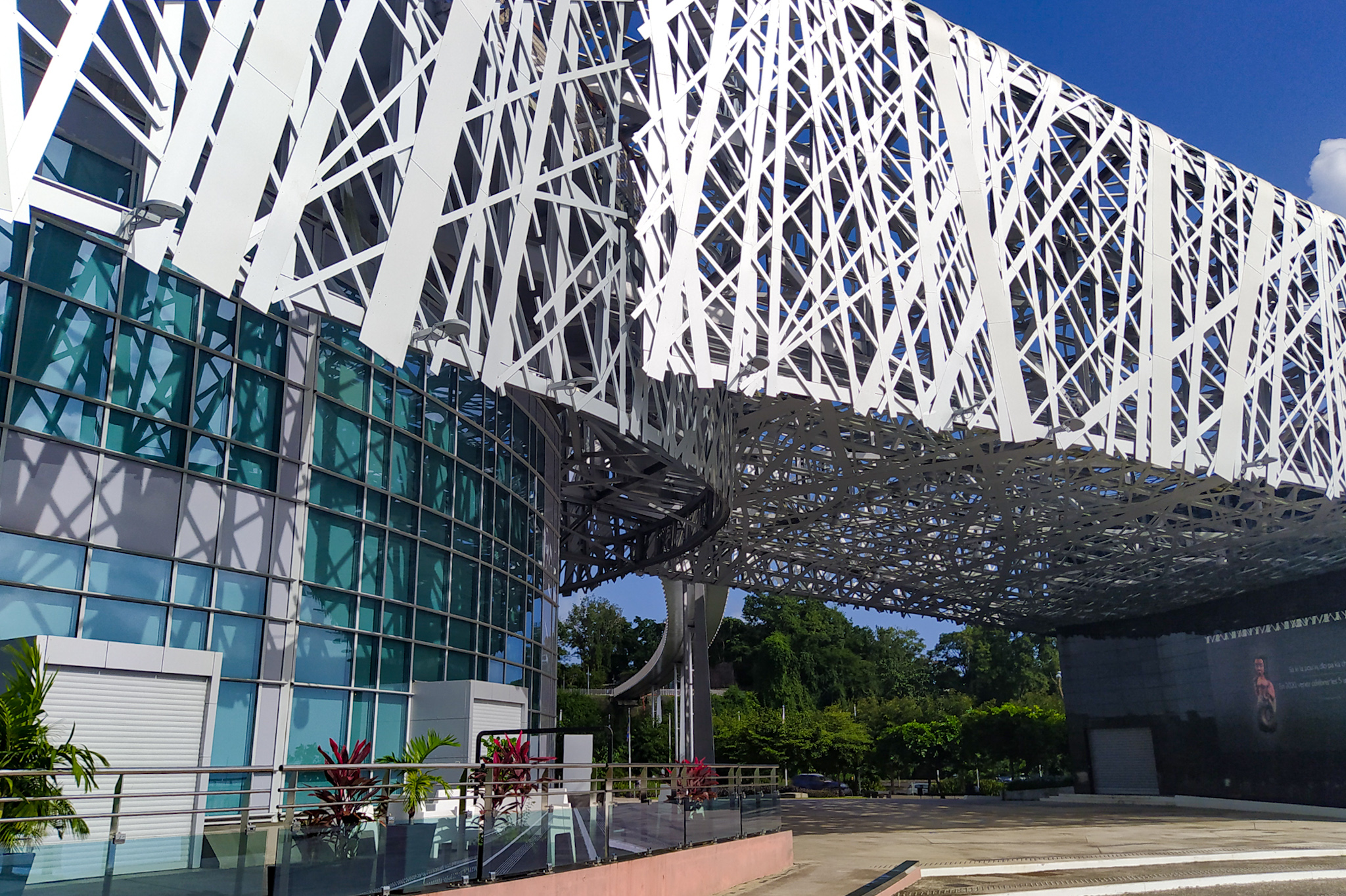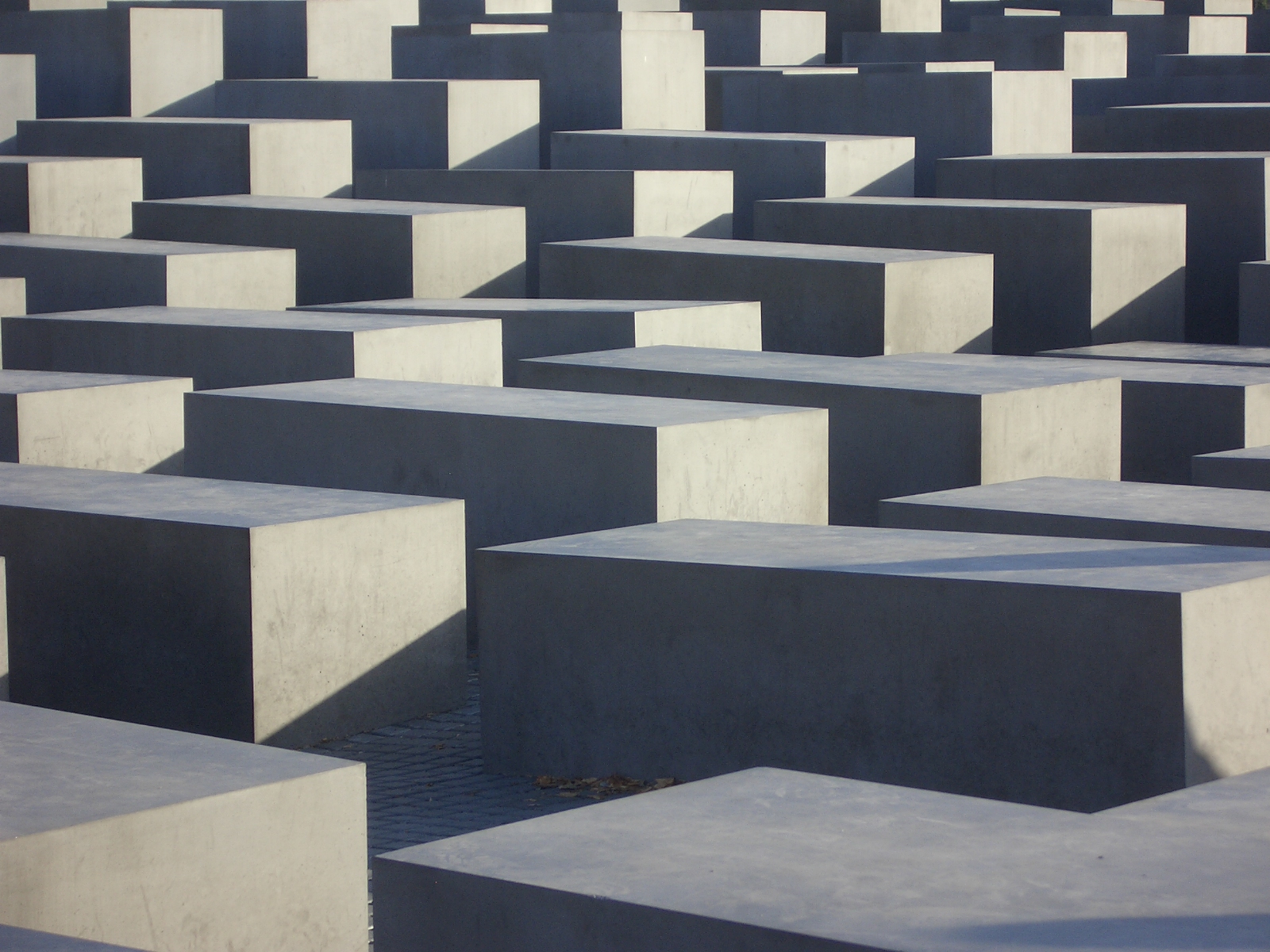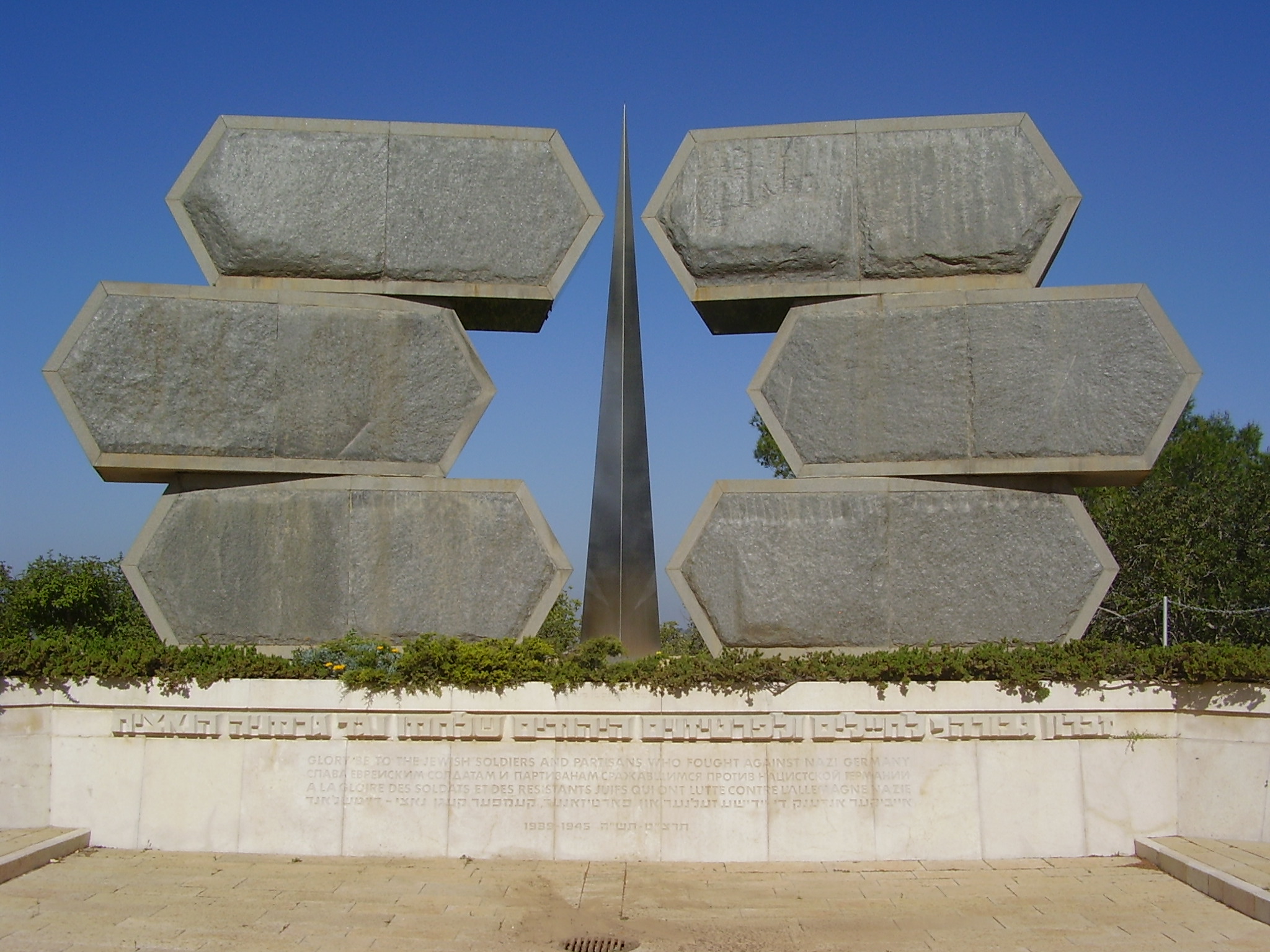Memorial a las víctimas de la masacre de Nanjing por parte de los invasores del Ejército japonés
Museum
Monument
Theme: Armed conflict

Address
Nº 418 Shuiximen Road
Country
China
City
Nanjing
Continent
Asia
Theme: Armed conflict
Purpose of Memory
It commemorates the victims of Nanjing massacre occurred on December 13, 1937 and counteracts the denialist attitudes regarding the event.
Institutional Designation
Memorial Hall of the Victims in Nanjing Massacre by the Imperial Japanese Army
Date of creation / identification / declaration
1985
Public Access
Free
UNESCO Connection
2015: Nanjing Massacre Archives Registered on UNESCO Memory of the World Register.
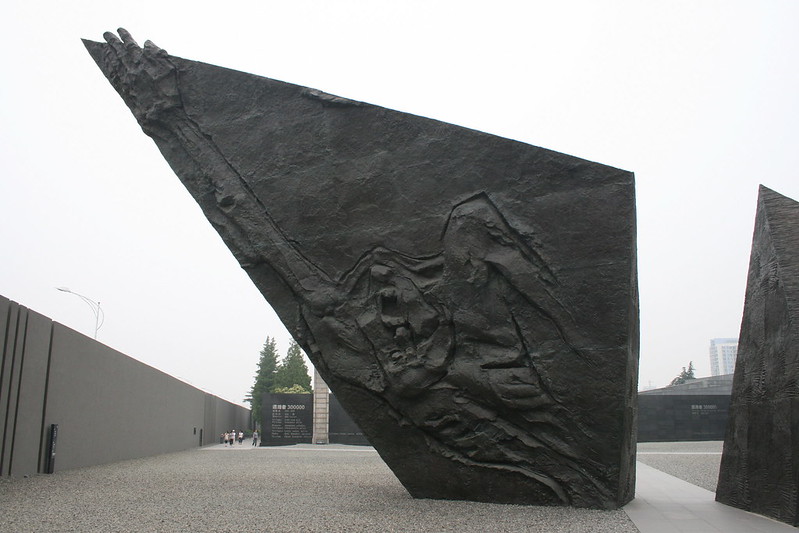
Location description
El Memorial a las víctimas de la masacre de Nanjing perpetrada por los invasores del Ejército japonés es un complejo de edificios y monumentos diversos que se encuentran en un predio de 74.000 metros cuadrados. El sitio consta de tres partes principales: un área de exposiciones al aire libre, una sala en donde se exhiben restos óseos de las víctimas y otra sala donde se exponen documentos históricos.
El recorrido se inicia con una gran plaza, compuesta a su vez por varios monumentos y piezas con símbolos de diversas religiones y creencias. Luego se ingresa al museo, cuya salida conduce a una gran extensión en leve pendiente cubierta de guijarros que incluye estatuas, esculturas, tallas de relieve, tabletas y un gran muro donde se encuentran inscriptos los nombres de las víctimas de la masacre. La pasarela conmemorativa muestra huellas que representan las de los sobrevivientes.
Desde allí se accede a tres edificios: en el primero de ellos, en forma de sarcófago, se exponen los restos de los 10.000 cuerpos encontrados durante los años 1990; los otros dos son el Memorial Square y el Meditation Hall.
El Parque de la Paz se encuentra constituido por una baja, larga y estrecha pila de agua que termina con una alta estela y dos enormes estatuas de mármol blanco representando la paz. Del lado derecho de la pila, el recorrido está cerrado por un alto muro, The Wall of Victory, donde se encuentra entronizada otra gran estatua de un soldado que toca el clarín.
The Japanese invasion of China in 1937, coupled with attacks all around the southeastern region of Asia and great part of the islands and archipelagos, combined to bring about the Pacific War or second Sino-Japanese War. As from September 1940, when Japan entered into a military alliance known as the Berlin Pact or Tripartite Pact with Germany and Italy, the military conflict became included in World War II.
The massacre of Nanjing or Nanking, also known as the violations of Nanjing, refers to the atrocities committed by the Imperial Japanese Army in and around Nanjing, China, after the conquest of the then capital by the Japanese troop on December 13, 1937.
During 42 days, the Chinese population suffered all kind of atrocities in the hands of the Japanese army, particularly women, who were subject to mass rapes. Many of them were murdered and others were subject to sexual slavery and sent to what was known as “comfort stations”.
War crimes included, at the same time, the sacking and mass killing of civilians and war prisoners. Testimonies of that period account for extremely sadistic and cruel behaviors, where the dehumanization of enemies would reach dramatic magnitudes. The Nanjing population, settled in the most developed eastern area of China, was reduced by more than a half after the massacre, and a third of the city’s buildings were destroyed as a result of the intentional fires, generalized pillaging and robbery.
Within this context, a group of persons coming from European countries and the United States created a security corridor, a neutral zone for giving shelter to fugitive Chinese citizens. The atrocities committed by the Japanese troops in Nanking were widely disclosed by foreign observers and war correspondents who documented the massacre by means of photos, videos and countless testimonies.
After the end of World War II, the International Military Tribunal for the Far East or Tokyo War Crimes Tribunal was created. The only war crime treated on a separate basis was the Nanjing massacre, where more than two hundred thousand Chinese citizens were murdered. Chinese official estimations raise the number of fatalities up to three hundred thousand.
During the leadership of Mao Zedong, the most important chairman of the Communist Party of China and the founding father of the Popular Republic of China, the vision of war presented in museums tended to belittle atrocities in favor of a more heroic narrative. During the 1980s, new narratives arose in relation to the Japanese invasion of 1937, which valued the idea of sacrifice and shared suffering.
Within this context, thanks to a State initiative, the first monument of this group of buildings was installed on August 15, 1985, and a decade later, on August 15, 1995, the second phase was completed and opened to the public. The disaster of the ancient city, a big-scale sculpture that forms part of this monument, was finished in December, 1997. As from its opening, the Memorial has received countless visits of local politicians and leaders from other countries. Only in 1998 a senior official from the Japanese Government did visit the Memorial for the first time. It was the first monument in China to be opened to the public free of charge as from March 1st, 2004. And the Nanjing Massacre Survivors Aid Association was established on August 14 that same year. On December 13, 2007 the third phase of the Memorial Project was completed, including the hall that houses the human remains recovered in the decade of 1990.
On May 18, 2008, the monument was declared a “National Museum” and on September 8, 2010, the Memorial established an Academic Committee. As from 2014, the Chinese Government declared December 13 as the national commemorative day to hold mourning events and express condolences to the victims of the Nanjing massacre. The “National Ceremony of Public Sacrifice for the victims of the first Massacre of Nanjing” is held in the Memorial Hall, with the attendance of local authorities.
At present, tens of millions of Chinese citizens and foreigners, including Japanese people, visit the Memorial Hall every year. As from its official opening on August 15, 1985 up to the end of 2019, it has received millions of visitors coming from more than a hundred countries and regions.

